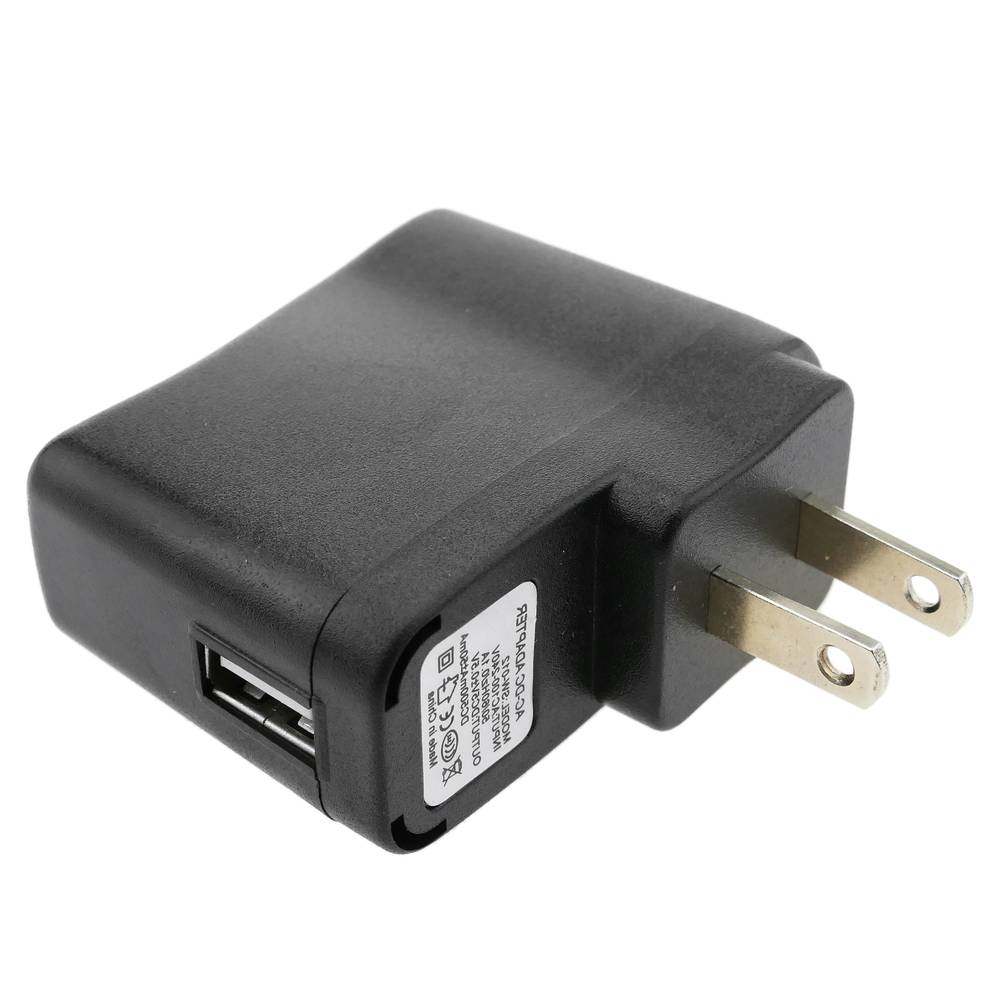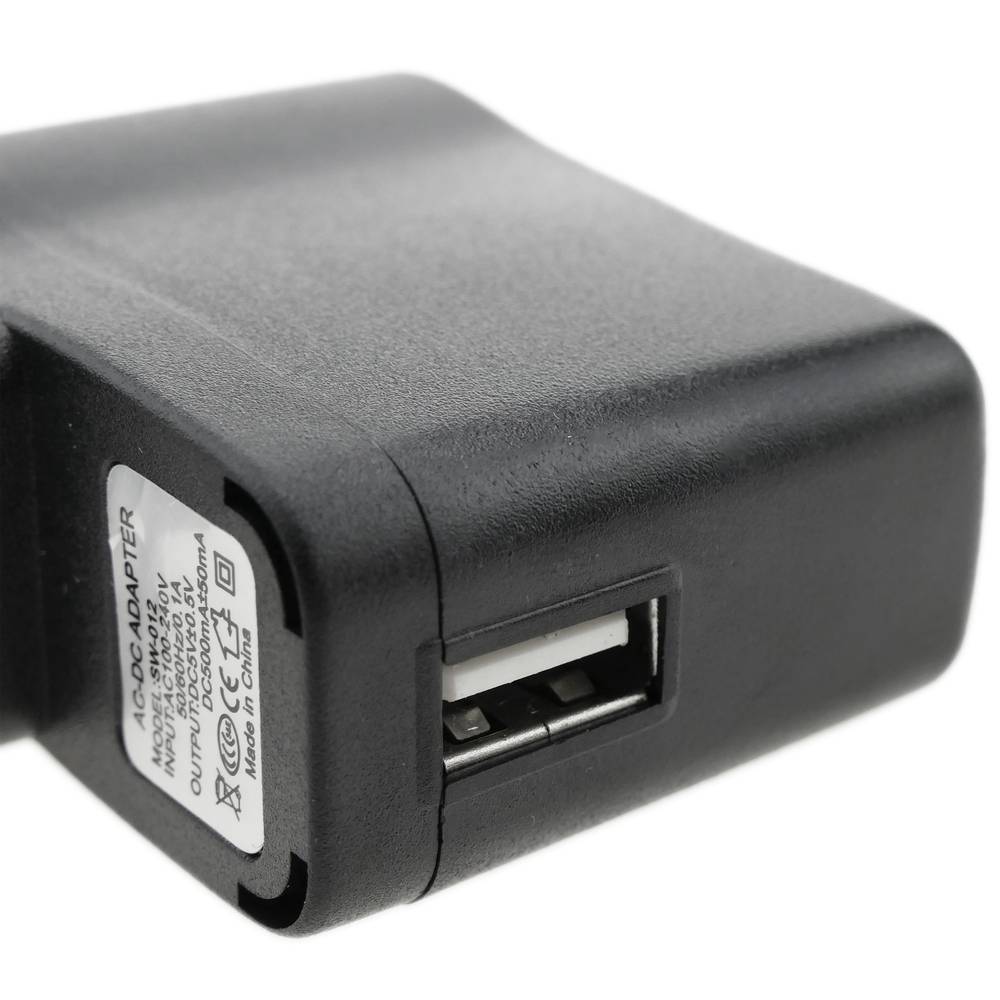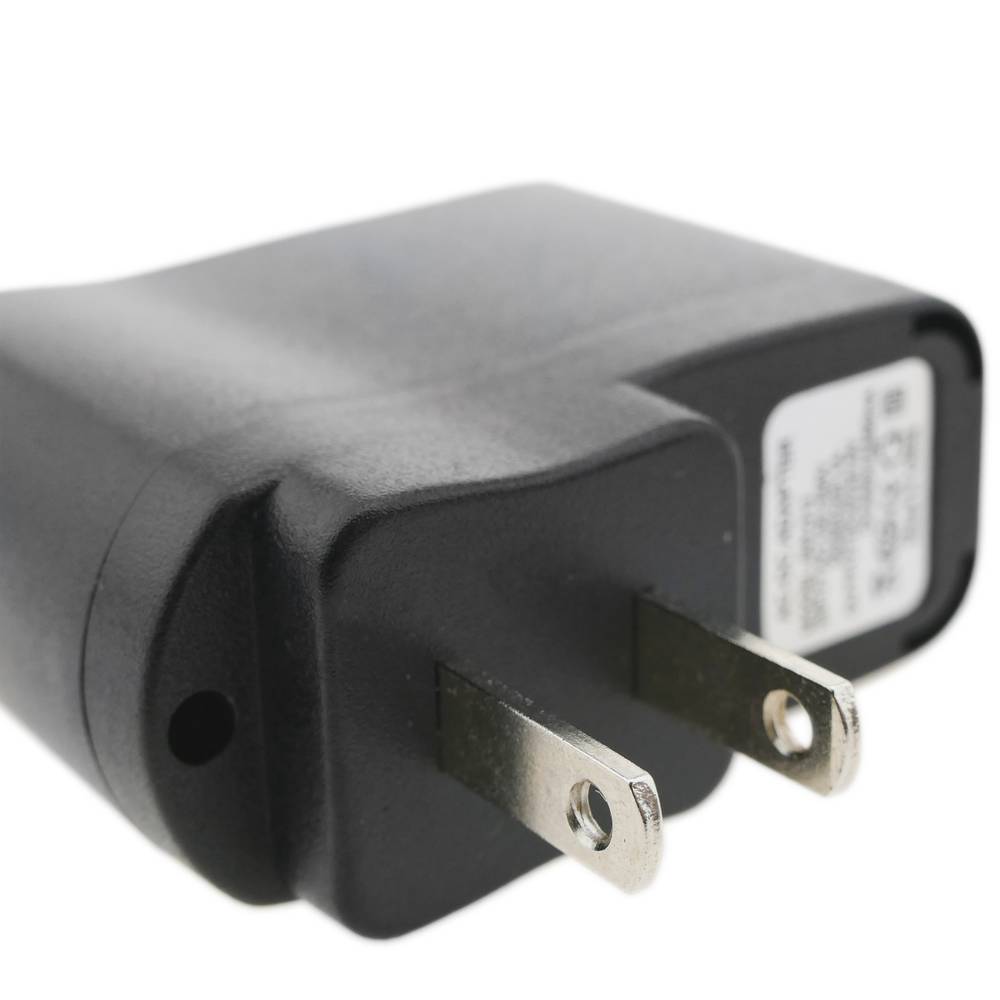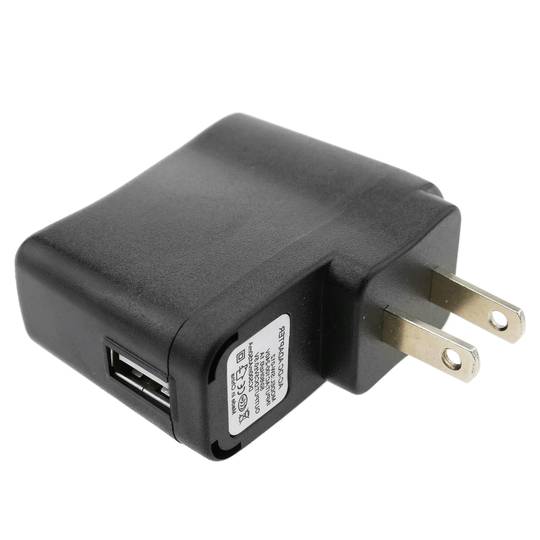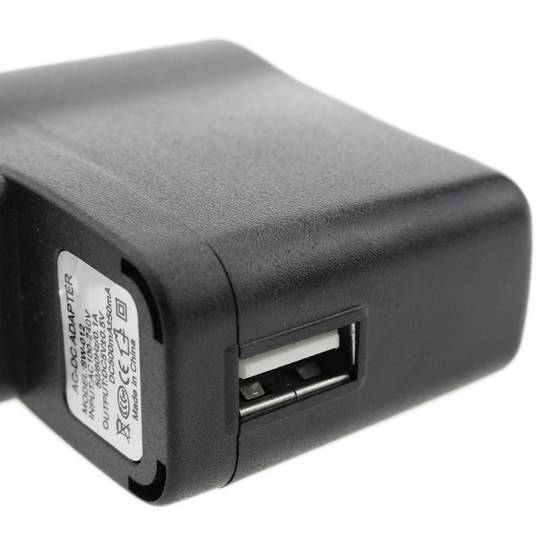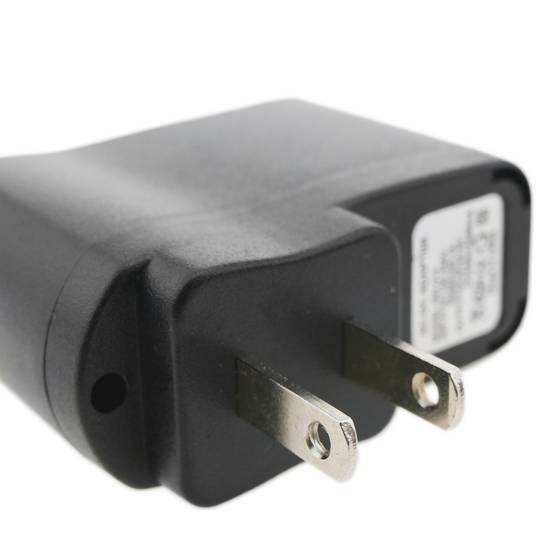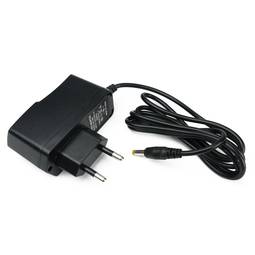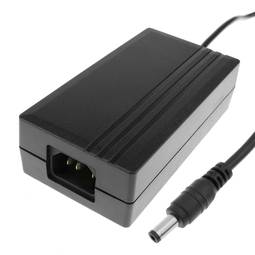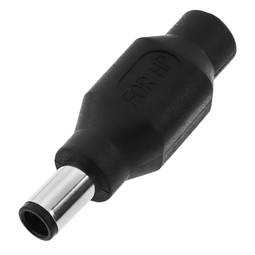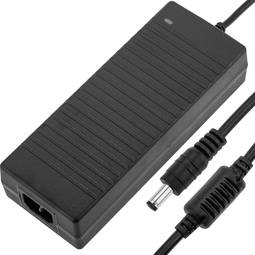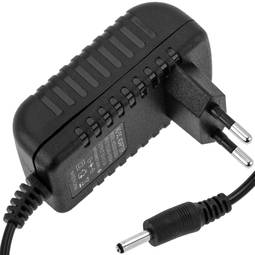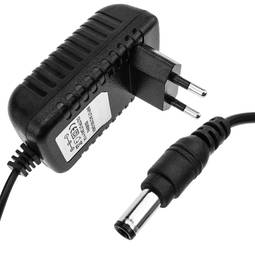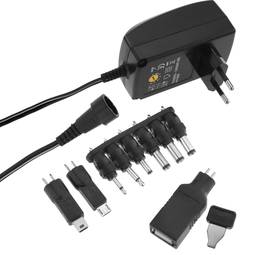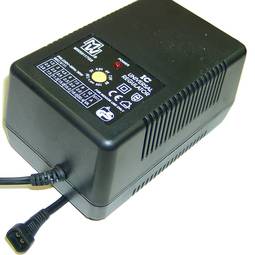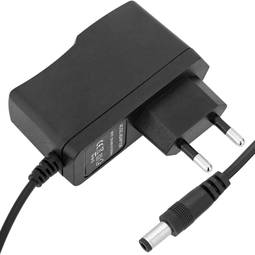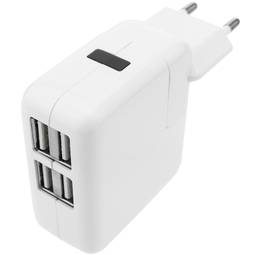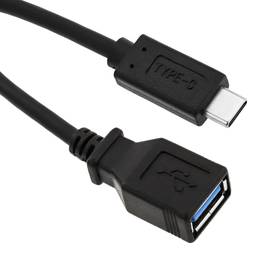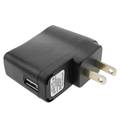11/30/2025 6:10 a.m.
http://34.77.62.133/en/products/usa-power-100-240vac-to-5vdc-500ma-usb-a-female-AU011/
http://34.77.62.133/en/products/usa-power-100-240vac-to-5vdc-500ma-usb-a-female-AU011/
USA Power 100-240VAC to 5VDC 500mA USB A female
REF: AU011
Specifications
- Power supply 100-240 VAC 50/60 Hz that has a USB type A female output that supplies 5 VDC to 500 mA maximum.
- Ideal for connecting peripherals that are powered through the USB port.
- Model with plug valid for USA or countries that have the same plug.
![play_button]() Watch video
Watch video
More info
PVP
€2.58
Price including VAT:
€3.17
PVD
€2.21
PVP: Retail price.
Check conditions.
PVP: Sale price to distributors.
Check conditions.
warranty
returns
safe
Specifications
- Power supply 100-240 VAC 50/60 Hz that has a USB type A female output that supplies 5 VDC to 500 mA maximum.
- Ideal for connecting peripherals that are powered through the USB port.
- Model with plug valid for USA or countries that have the same plug.
Keywords
Did not find what you were looking for? These topic could help you
More info
Power supply 100-240 VAC 50/60 Hz that has a USB type A female output that supplies 5 VDC to 500 mA maximum. Ideal for connecting peripherals that are powered through the USB port. Model with plug valid for USA or countries that have the same plug.
- Gross Weight: 50 g
- Product size (width x depth x height): 6.5 x 5.5 x 2.5 cm
- Number of packages: 1
- Packages size: 5.5 x 2.5 x 6.5 cm
Technical terms
- USB
- MicroUSB
- Mini USB
- Hz
- USB 3.0
- Reversible USB Type-C
- VDC
- VAC
USB
The USB (Universal Serial Bus) is a standard that defines the cables, connectors and used a bus to connect, communicate, computers, peripherals and electronic devices protocols Transmission Rates Low speed (USB 1.0). Transfer rate up to 1.5 Mbit/s (188 kB/s) used in keyboard, mouse ... transfer rate up to 12 Mbit/s (1.5 MB/s) High Speed ??(USB 2.0): Rate transferencia up to 480 Mbit/s (60 MB/s) SuperSpeed ??(USB 3.0) transfer rate up to 4.8 Gbit/s (600 MB/s) Connector Types 1 - USB type A (4 pin) 2. - USB type B (4 pin) 3 - Mini A (5-pin) 4 - Mini B (5-pin) 5 - Micro A (5-pin) 6 - Micro B (5-pin)



